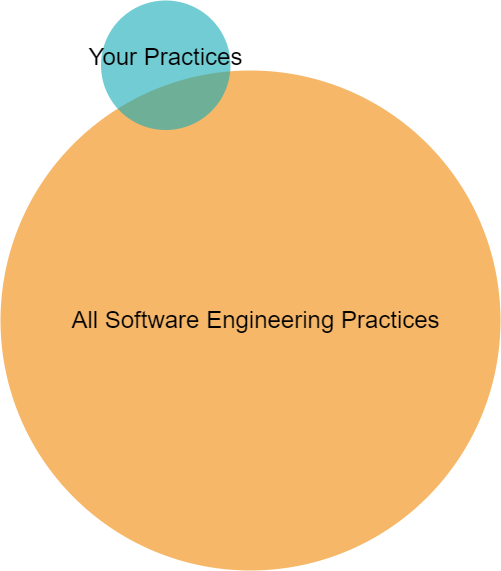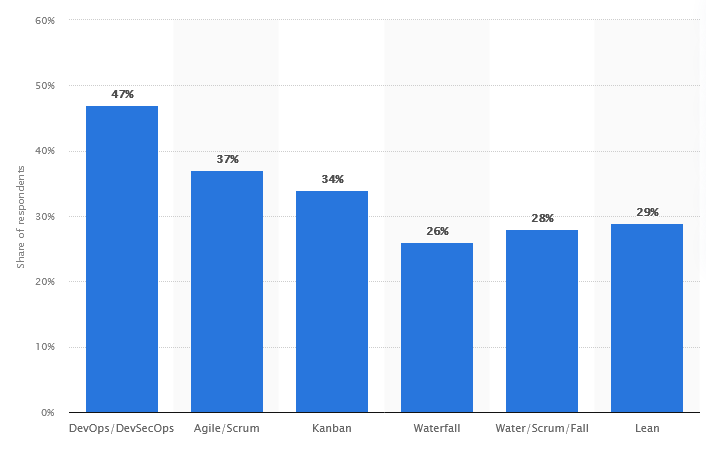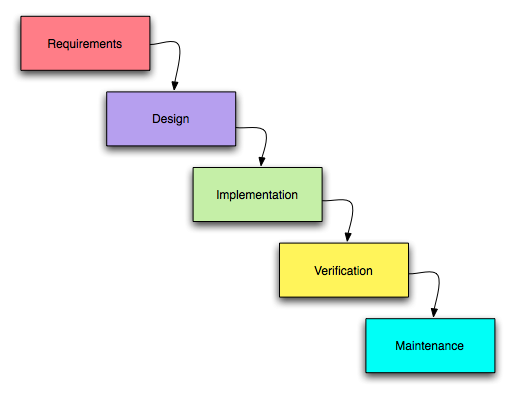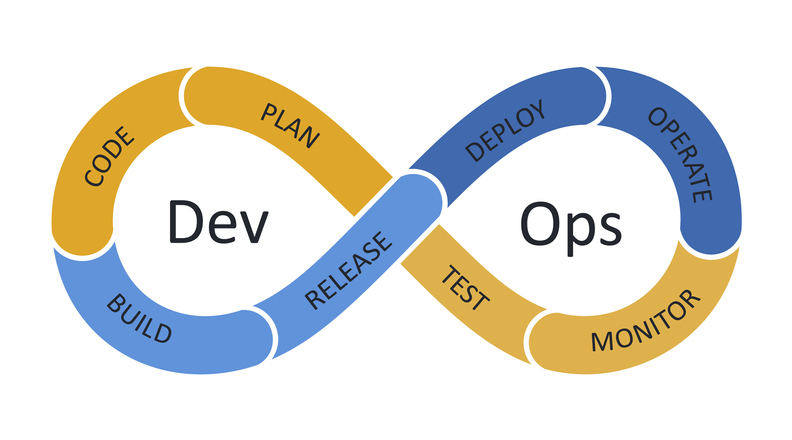Software Development Life Cycle (SDLC)

Most software development processes are a mix of established practices.
Software Development Lifecycle (SDLC) is an umbrella term for organizing these practices into methodologies.
Which proccess is best depends on the project.
Trends

Caution advised - good stats are hard to come by.
Paradigms
Linear
Focuses on planning and documentation.

Summary
Principles
- Sequential process. Do one step by one team, then pass to the next team.
- Document everything.
Works well when:
- Requirements are well understood.
- Documentation is important (e.g. regulatory requirements, audit trail, high safety constraints).
Usage Examples:
- Medical devices
- Aerospace
- Defense
- Financial services
Advantages:
- High predictability.
- High accountability.
- High documentation.
Disadvantages:
-
Decoupled teams leads to:
- Silos (lack of communication)
- Handoff delays
-
High risk of failure in late stages due to:
- Lack of feedback.
- Possible changes in requirements.
Methodologies
Waterfall is by far the most common linear methodology.
Iterative
Focuses on development in short cycles and flexibility.

Summary
Principles
- Develop in short cycles (iterations).
- Make changes based on feedback.
Works well when:
- Requirements are flexible.
- Close relationship between developers and stakeholders.
- Teams are small and can be cross-functional.
Usage Examples:
- Business software
Advantages:
- Application is available early in the process.
- Quick feedback from stakeholders.
- Changes fixed quickly due to short iterations.
- Can overlap lifecycle steps (e.g. one team can test previous iteration while developers work on the next).
Disadvantages:
- Less accountability.
- Less predictability.
Methodologies
Agile is the most common iterative methodology. It is also an umbrella term for many practices.
- Scrum
- Kanban
Others:
- Lean
- Extreme Programming (XP)
Continuous
Extends on iterative development by focusing on rapid feedback loops and continuous integration and deployment.

Summary
Principles
- Product is a living process.
- Rapid feedback loops.
- Continuous integration (CI)
- Continuous delivery (CD)
Works well when:
- Very large projects
- Multiple teams
- Multiple applications
- Multiple environments
Usage Examples:
- Large enterprise software
- Large scale distributed applications
Advantages:
- Built in focus on reliability and security
- Fast development, deploymentment, feedback
-
Avoid lag where there is handoff between teams, e.g.:
- Waiting for operations to deploy
- Waiting for security to approve
- Waiting for new requirements
Disadvantages:
- Higher overhead to start.
- Requires expertise to implement.
- Requires buy-in from all teams.
- May not be appropriate for small projects / teams / businesses.
Methodologies
DevOps is a combination of development and operations. DevSecOps is a combination of development, security, and operations. Brings focus to security throughout the process.
| Domain | Activities |
|---|---|
| Development | Design, develop, test |
| Operations | Deploy, monitor, scale, maintain |
| Security | Assess risk, penetration testing, threat modeling |
*Testing spans multiple domains.
GitHub Actions - build and deploy process.
- GitHub project: https://github.com/mpjovanovich/ivy_tech/tree/main/docs
- GitHub pages site: https://mpjovanovich.github.io/ivy_tech/
- Pages settings: https://github.com/mpjovanovich/ivy_tech/settings/pages
- Build history: https://github.com/mpjovanovich/ivy_tech/actions
Let's try breaking it by putting a typo on the theme for the _config.yml file.
- New theme: https://github.com/pages-themes/architect
... could have avoided the break if there were tests in our CI/CD pipeline.